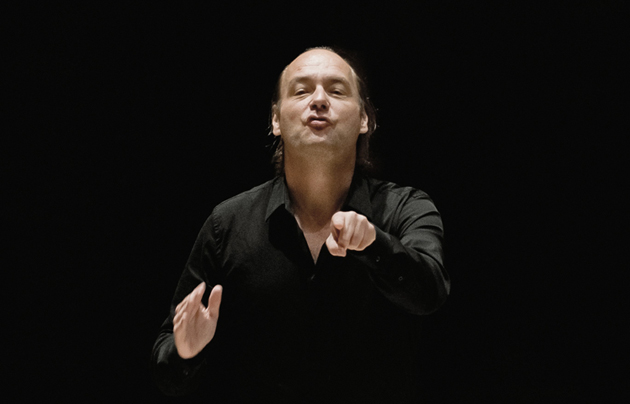Repertoire
Carles Baguer: Symphony No. 12 in E flat (1790) 15′
W. A. Mozart: Symphony No. 31 in D “Paris”, KV 297 (300a) (1778) 18′
F. J. Haydn: Symphony No. 101 in D “The Clock” (1793) 29′
Artists
Barcelona Symphony Orchestra (OBC)
Jan Willem de Vriend, conductor
Program
Classical architecture is based on diaphanous formal rigour, firm solid structures and superior quality materials. The composers of Viennese Classicism created a musical universe that combines expressive vitality with simplicity of structure: a mix through which hitherto unseen heights of sensitivity could be achieved, with contagious effects in Europe throughout the 17th century, from the music of Carles Baguer in Barcelona cathedral to the court of Esterházy.
DOWNLOAD THE PROGRAM HEREWolfgang Amadeus Mozart’s “Paris” symphony¬–which opens with the famous coup d’archet, played in unison–is a statement of intent by the young composer, specially conceived for the orchestra of the Concerts espirituels in Paris, where the biggest orchestra that the composer had ever used in symphonic contexts was assembled.
Franz Joseph Haydn, on the other hand, composed Symphony No. 101¬¬–known as “The Clock” due to the second movement’s distinctive rhythm–during his second stay in London, invited by Johann Peter Salomon. It is a superbly put-together work, with noteworthy features like the first movement’s rhythmic design, allusions to a band in the central part of the third movement and the big fugue in the final movement, suggesting that it might have been a symphonic model for Ludwig van Beethoven.

